You have probably heard hairstylists or other people talk about hair types. Your hair type is the texture of your hair and the amount of oil your scalp produces. Let’s dig into the differences between dry hair, oily hair, and normal hair so you can tell which hair type you have.
What Exactly Is Hair Type?
Learning your hair type can help you formulate a more effective and personalized hair care routine.
The type of care that a hair type needs isn’t necessarily healthy for another. Learning about your hair type can make all the difference between a healthy, comfortable head of hair and hair that is damaged, irritated, or unhealthy.
No matter what type of hair you have, it’s vital to learn how to care for it!
Dry Hair
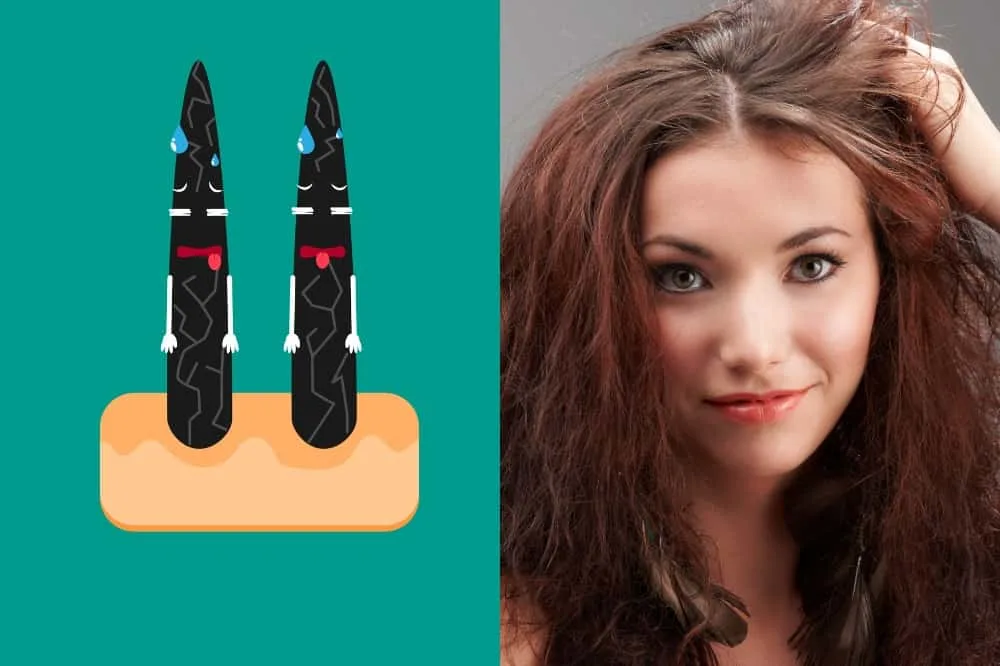
Dry hair is characterized by less-than-effective or underactive oil glands. People with dry hair usually also have dry skin, though the two aren’t connected 100 percent of the time.
If you have dry hair, you have a lower-than-average amount of oil in your scalp. This can happen either because of genetics or overexposure to sun heat or heat treatments (i.e., blow dryers, flat irons, curling irons, and other tools). It can also happen if you use a lot of harsh chemicals in your hair, including dyes and bleach.
How To Know If You Have Dry Hair
You can usually tell that you have dry hair is your hair is:
- Thick
- Rough or coarse
- Brittle
- Prone to be frizzy
- Prone to develop split ends
- Easy to break
You might also have dry hair if you have frequent scalp irritation or dandruff. This can result from your skin not producing the oil it needs to stay comfortably moisturized and healthy.
How To Care For Dry Hair
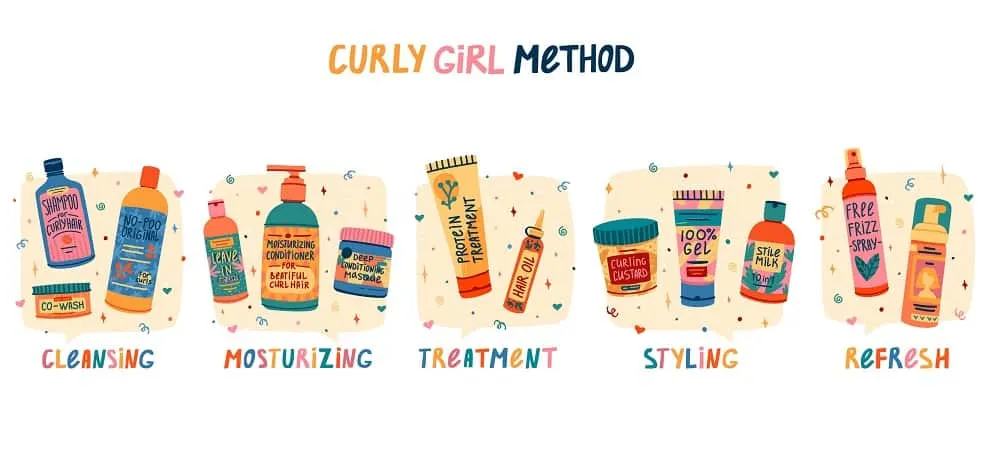
Caring for dry hair is all about replacing the oils your hair and scalp lose. Use moisturizing hair treatments to add moisture and oil back into your hair.
Avoid shampooing your hair daily, as this can strip away the little oil your scalp has before it can build it back up. This will make your hair even dryer and frizzier. Instead, use specialized shampoo for your dry hair once or twice a week.
You may also consider using a leave-in conditioner and other treatments to keep your hair more moisturized between washes. Avoid using heat treatments, dyes, and bleach as much as possible.
Some people with dry hair use a modified version of the “Curly Girl Method”. The way to do this varies depending on other factors, such as the curl and texture of your hair.
But if you have dry hair, you might benefit from the basic tenets of the Curly Girl Method, which include less frequent washing and leaving the conditioner in to add moisture.
Oily Hair
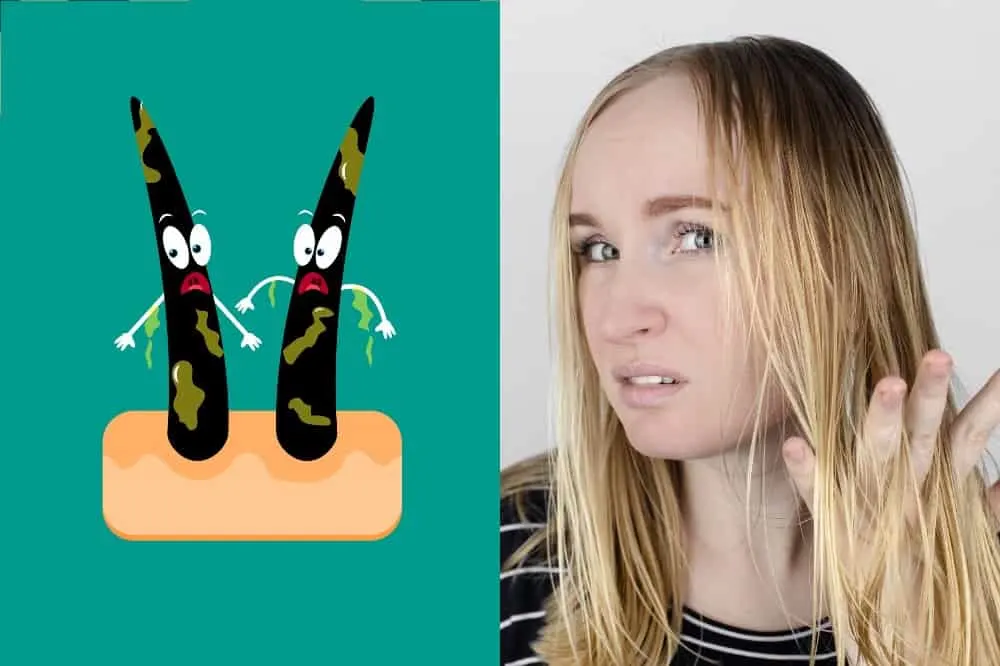
Oily hair is the opposite of dry hair, as the name implies. If you have this type of hair, your scalp overproduces oil, leading to hair follicles that may be limp, greasy, and need daily washing.
Oily hair can be frustrating because it resists styling, often falling flat or pulling free of curls or pins. It may also look lackluster rather than lustrous and healthy.
People who have oily hair also frequently have oily skin, though the two don’t always go hand-in-hand.
How To Know If You Have Oily Hair
Your hair may be oily if it:
- It looks dull and lank rather than healthy
- It is difficult to style, often falling free of styles
- Looks and feels oily a day after shampooing (some people can take a paper towel and blot grease from their hair after 24 hours)
- Is prone to dandruff
How To Care For Oily Hair
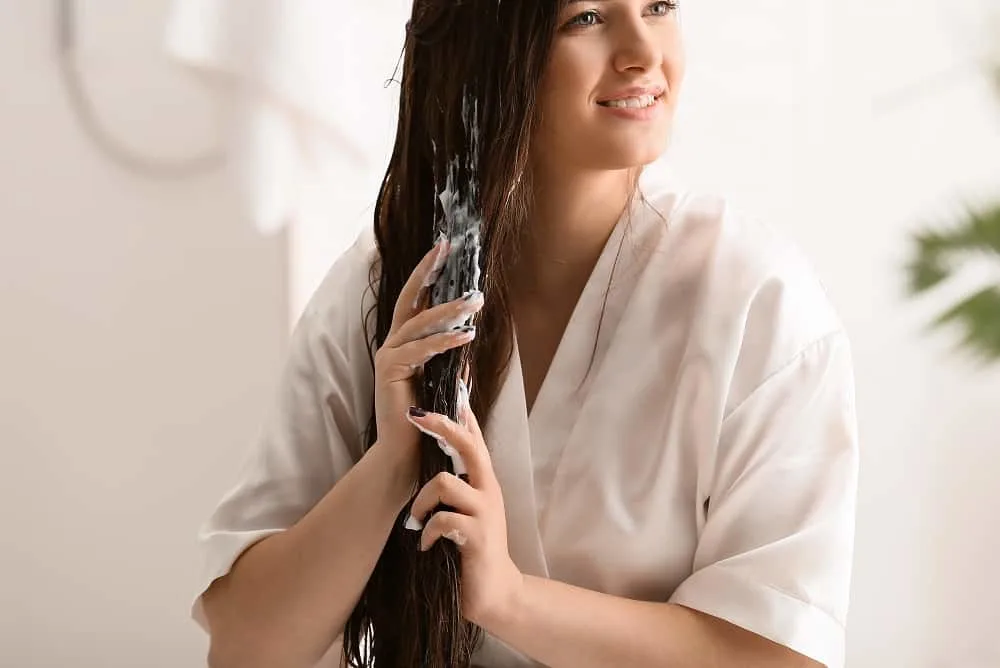
Oily hair is the opposite of dry hair; its care is about stripping those excess oils away. Shampoo your hair frequently, never going more than a day or two between washes.
Avoid putting conditioner on the roots of your hair. Instead, stick to the ends of your hair and wash your conditioner out thoroughly.
Some people have success with using home treatments to strip excess oil away. These might include:
- Apple cider vinegar
- Lemon juice
- Beer
If you use any of these, dilute them with water before putting them on your hair. It can also be a good idea to wash your hair with cool or lukewarm water rather than hot water since this can cause excess oil production.
Lastly, try to avoid touching your hair whenever possible, as transferring oils from your hands to your hair is easy. This isn’t a problem with other hair types, but it can cause issues for very oily hair.
Normal Hair
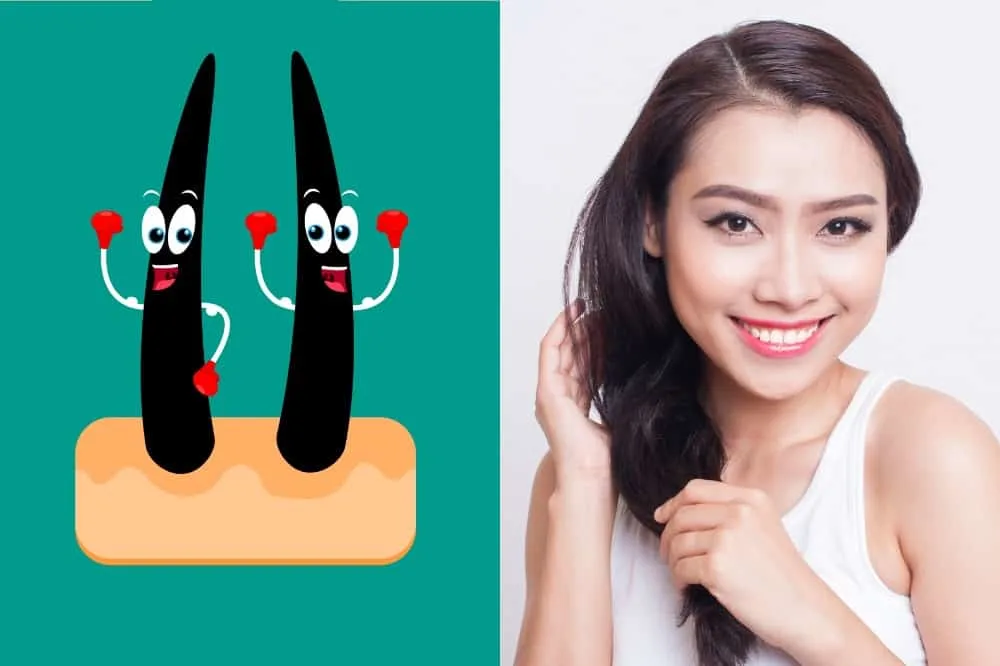
As you can probably guess, normal hair is somewhere in the middle of oily and dry hair. Normal hair produces an average amount of oil and doesn’t tend to be extremely greasy or frizzy. The pH of the scalp is healthy and normal.
But if you feel bad about not having this type of hair, you should know that most people don’t actually have it — even though it’s called “normal” hair. It’s much more common to have a hair type that tends toward either dry or oily.
Normal hair tends to be healthy and shiny and can go a few days between washes.
How To Know If You Have Normal Hair
You probably have normal hair if the following applies to you:
- You can go a few days between washes without your hair becoming excessively oily.
- Your hair doesn’t tend to get frizzy
- You don’t have much dandruff
- You don’t have a lot of hair loss
- Your hair doesn’t tend to be brittle or break easily
- You don’t often have split ends
How To Care For Normal Hair
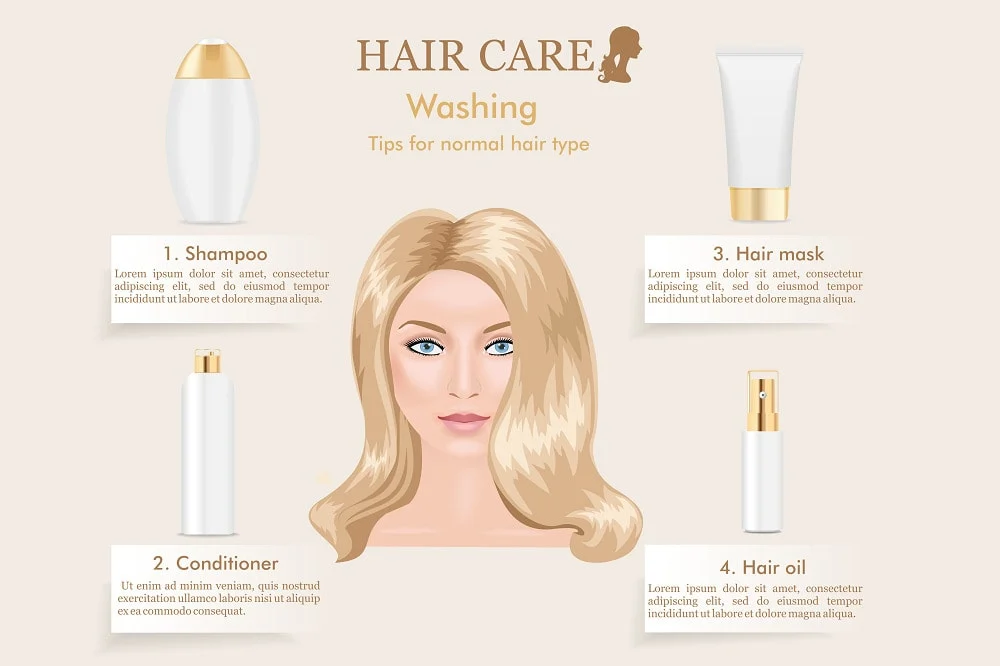
Normal hair doesn’t need a lot of special hair product. Since it’s not prone to being excessively oily, dry, or breakable, you won’t need to use any special products.
Most people with normal hair need to have a regular regimen of washing and conditioning with good-quality products. A healthy diet and the proper vitamins can also be good for helping your hair look healthy and lustrous.
Things to Consider When Figuring Out Your Hair Type
Here are some things to consider when figuring out what type of hair you have:
- Does your hair pull out of the styles easily?
- Is there an oil spot if you dab your scalp with a paper towel 24 hours after your most recent shampoo?
- Do you have a lot of split ends?
- Do you have dandruff?
- Does your hair tend to be frizzy?
- Do you have a lot of split ends?
To summarize, your hair type is the texture of your hair and the amount of oil your scalp produces. Knowing this information can help you formulate a better plan for how to care for your hair.
With the right products and routine, you can make your hair look healthy, lustrous, and beautiful, regardless of your hair type.
FAQs on Hair Type
There can be a learning curve to figuring out your hair type and how to care for it. Here are some of the top related questions other people have had.
If your hair tends to be both frizzy and greasy, you might be having a difficult time putting yourself in a category. It is possible to have hair that is both dry and oily, though it’s not as common as one of the three main types.
This is known as combination hair and can be related to a few different things. Some people naturally have coarse, frizzy hair, but a scalp that overproduces oil.
Combination hair can also happen if you have different sections of your scalp that produce varying amounts of oil. While this can be frustrating, most people eventually find a hair care solution that works for them.
Some stylists refer to a scalp type rather than a hair type, but they’re essentially different aspects of the same thing. Referring to it as a scalp type focuses on how much oil your scalp produces rather than specifically on the texture of your hair.
You can try the classic paper towel trick to find out whether your scalp produces a small or large amount of oil.
Dab your scalp with a paper towel the day after you last washed your hair. If there is a grease spot on the paper, your hair is probably oily. If there’s no oil, you probably have normal or dry hair.
Thick hair is usually coarse and dry, thanks to a scalp that produces lower-than-average amounts of oil. However, this isn’t always necessarily true.
As we’ve discussed above, it’s possible to have combination hair, which means your hair might vary in texture and oil around your head. Alternatively, it’s possible to have thick hair that is either dry or oily.
You May Also Like
